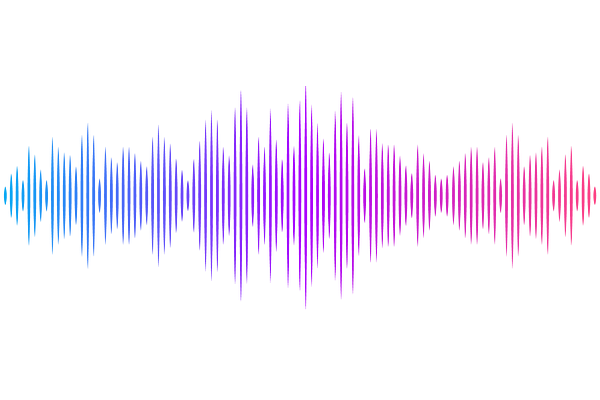Convolvulus pluricaulis mediates its pharmacological effects via sod1, rdl, glut1, GABA-B-R1 and CG6293 orthologs in Drosophila melanogaster

Convolvulus pluricaulis mediates its pharmacological effects via sod1, rdl, glut1, GABA-B-R1 and CG6293 orthologs in Drosophila melanogaster
Mitra, S.; Kumar, A.; Pandey, M.; Sharma, M.; Pundir, S.; Jangir, M.; Chawla, G.
AbstractConvolvulus pluricaulis, commonly known as Shankhpushpi, has been extensively used in the management of disorders of the nervous system, including depression and anxiety. The plant extract has also been demonstrated to function as an antioxidant. However, the molecular effectors underlying the beneficial effects of Shankpushpi are yet to be identified. In this study, we have utilized the fruit fly Drosophila melanogaster to identify the metabolic and molecular targets that mediate the beneficial effects of dietary Shankpushpi intake. Metabolomic analysis revealed changes in Ascorbic acid, glucose, and Adenosine monophosphate in the head tissue of fruit flies that were fed Shankpushpi for 20 days. Subsequent gene expression analysis revealed significant changes in expression of glut 1 (Glucose transporter 1), CG6293 (Ascorbate transporter), rdl (Resistant to dieldrin), GABA-B-R1 (GABA-B receptor subtype 1) and sod 1 (Superoxide dismutase 1) in the head tissue of adult flies that were exposed to different doses of Shankpushpi. Consistent with the expression data, knockdown of sod 1, glut1, GABA-B-R1, and CG6293 but not sod 2 abolished the Shankpushpi-mediated resistance to paraquat-induced oxidative stress. To uncover downstream effectors that are responsible for the antidepressant and anxiolytic effects of Shankpushpi, we examined the effects of dietary intake of Shankpushpi in a stress-induced model of depression. Administration of Shankpushpi during development alleviated depression-like behavior in Drosophila. Wild-type adult flies that were fed Shankpushpi accumulated high levels of Ascorbate in the head tissue, and knockdown of Ascorbate transporter abolished the antidepressant activity of Shankpushpi in the stress-induced model. Thus, indicating that Shankpushpi-induced antidepressant effects are associated with increased Ascorbate transport. Taken together, our analysis using Drosophila melanogaster as a model has uncovered five conserved downstream effectors responsible for the antioxidant activity and one conserved effector responsible for the antidepressant activity of Convolvulus pluricaulis.